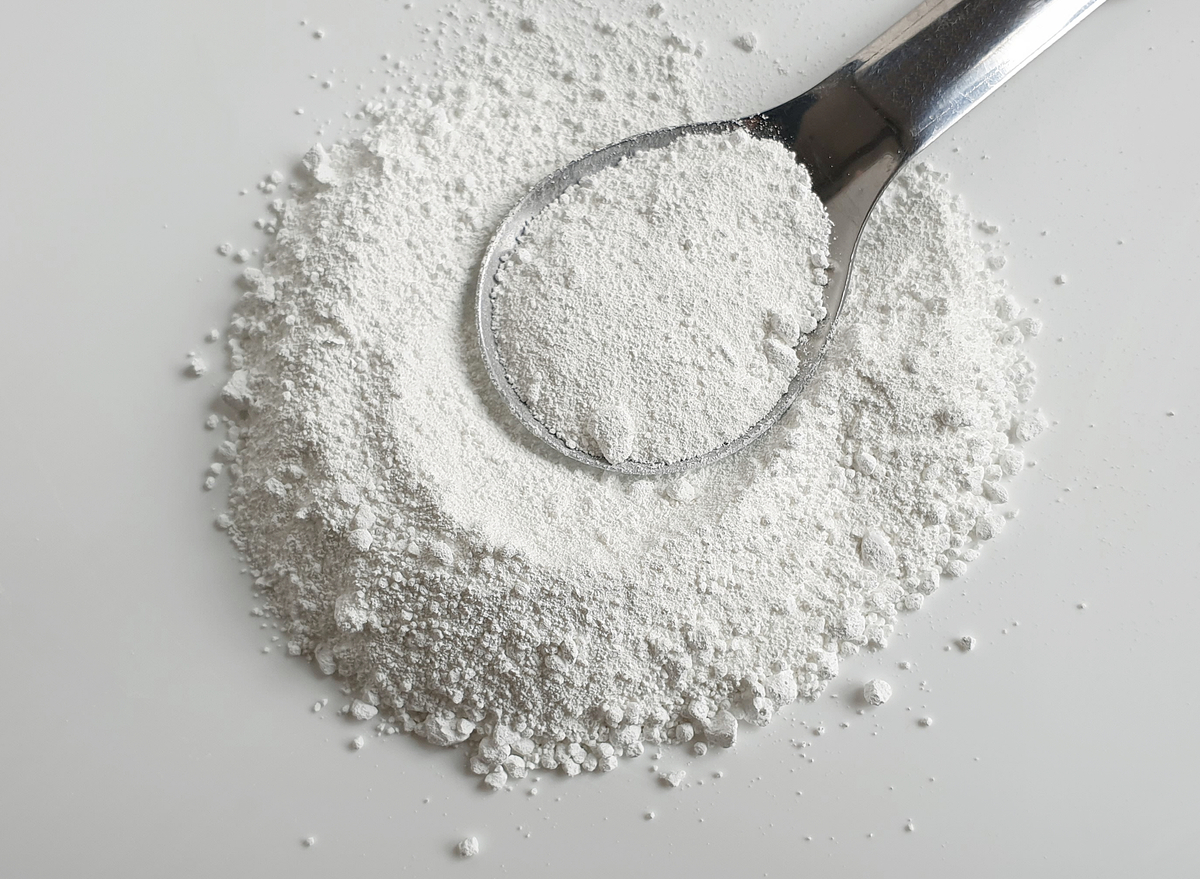Titanium dioxide (also known as TiO2, white titanium, or Pigment White 6 – PW6)) is a renowned ingredient in a wide range of industries. It’s particularly prevalent in paints, rubber, plastics, and paper. This versatile compound is well-known for its stunning white pigment. It plays an important role in the transformation process of raw materials into vibrant, finished products. Explore the applications of titanium dioxide and their production procedures. Learn about the effects it makes in different industries.

The Canvas of Titanium Dioxide, A Palette of Possibilities
Titanium dioxide is a key ingredient in many products. It helps to improve the aesthetic appeal and functionality of the products we use everyday. Pigment White 6 plays a important role in the making of paints. This vibrant, opaque white color enhances the brightness and depth of both industrial and artistic applications.
In the world of plastics titanium dioxide not only imparts color, but acts as a stabilizing UV agent protecting against the harmful effects induced by ultraviolet radiation. Due to its dual functionality, titanium dioxide is an essential ingredient in many plastic products – from durable outdoor products to packaging material.
The Manufacturing Alchemy: Titanium Dioxide Production Methods
The production of titanium dioxide is an intricate process, with two predominant methods in the forefront that are the sulfuric acid method as well as the chlorination process. Each method is distinct and has its own applications. This contributes to the versatility of Titanium dioxide across a variety of industries.
Sulfuric Acid Method. This involves the reaction of the ore that contains titanium with sulfuric acid, producing a titanium-sulfate. This solution is then hydrolyzed to produce hydrated titanium dioxide. The end product following calcination is a white powder ready for use in numerous applications, particularly paint and paper industries.
The Chlorination Method: contrast, the chlorination process utilizes chlorine gas to react with titanium-bearing ores, creating titanium Tetrachloride. Through several chemical transformations, titanium tetrachloride is oxidized to produce pure titanium dioxide. This process is extensively used in the manufacturing and usage of titanium dioxide by rubber, plastics, and various other industries.
The Art and Science of Titanium Dioxide Applications
Titanium Dioxide is a pigment that has a brilliant shine across all industries. Titanium dioxide is a sought-after option for homeowners, artists and industrial users alike because of its capacity to produce a stunning white color. The vibrant white hue it imparts to the canvas isn’t just a visual effect, but also functional. It increases the durability of the painted surface.
Shape Plastics with Radiance. In plastics, titanium dioxide serves two purposes. Beyond its role as a white colorant, it also functions as an UV stabilizer that provides essential protection against the damaging effects of sunlight. This makes titanium dioxide a key component of outdoor plastic products, ensuring they maintain their structural integrity and aesthetic appeal over time.
Titan dioxide is utilized in the paper industry to enhance the whiteness of the paper and its opacity. It also increases the brightness of paper and makes printed content more vibrant and more readable. The role of titanium dioxide in the paper-making process is more than aesthetics. It’s crucial in making printed materials.
The rubber’s resilience and UV resistance The industry of rubber benefits from the UV resistance provided by titanium dioxide. Titanium dioxide helps protect rubber-based products from the damaging effects of UV radiation.
Titanium Dioxide Impact: More Than Pigment
Titanium dioxide is a highly visible pigment. However, its impact extends beyond the color. Because of its capacity to increase the durability, resistance and endurance of various materials across various industries it is a non-visible but essential factor in the quality and efficiency of materials.
Titanium dioxide is a material that has an enormous impact on a variety of industries. It effortlessly blends into their fabric. It is also known as Pigment White 6, it paints brilliance across canvases that are both industrial and artistic. Dual processes of sulfuric and chlorination show the chemistry behind its production. The possibilities include enhancing the visual appeal of paints, protecting plastics from UV rays brightening paper, or safeguarding rubber, titanium dioxide stands as a testament to the harmonious combination of science and art in the world of manufacturing. The brilliance it emits shines through our everyday lives, creating a spectrum of products with lasting impact and enduring radiance.